Yerevan Cascade Complex was built in 1970. It connects the center of Yerevan to the Victory Park. There is the statue of Mother Armenia. From the top of the Cascade, there is a magnificent view of the city center, the buildings, and parks.
Cascade has monumental outer stairs, while inside, there are the escalators along the entire complex. Yerevan Cascade complex includes Cafesjian Center of Arts inside, where they exhibit contemporary artworks, present film screenings as well as various events for both small children and adults.
Green spaces and flowers, fountains together with unique monuments and statues decorate the complex. In Cascade, you can also find the coziest and beautiful cafés of Yerevan.
For going right into the history of the Cascade Complex, we should first learn about the following person and his significant works:
ARTASHES HOVSEPYAN
He was born in 1931 in Sisian region. In 1954, he entered the Art College named after Terlemezyan. From the second year, he was sent to Leningrad to study at the Institute of Painting, Sculpture, and Architecture.
He is the author of more than 50 reliefs, various sculptures, and busts. He is also the author of the bust of Karl Marx, the eagle on the entrance of Sisian, the bas-relief of the St. Sarkis Church of Yerevan, the khachkar erected in the yard of the Mother See of Holy Etchmiadzin, the bas-reliefs of Yerevan Brandy Company along with the Sasuntsi Davit Station of Metro. Also, Tigranyan’s Statue in Ring Park and Orbely’s Statue in Tsaghkadzor.
TAMANYAN STATUE
“Jim Torosyan(an architect) convinced me to make the statue,” says Artashes.
The following information is based on the words of Artashes himself. So keep reading!
In the 1960s, Artashes was studying at the Leningrad Academy of Repin. A contest took place in Armenia for the monuments of Tamanyan and Marx. He won both of them. Then he was offered to continue his studies at the Leningrad Academy postgraduate course, but he refused since he had to work.
During that period, however, it was forbidden to engrave the statues of Armenian figures. Therefore, Artashes made only the bust of Marx, which is still standing at the Polytechnic Institute. Only seven years later, they allowed creating statues of Armenian figures.
He accepted the invitation to the Central Committee. There they assigned him to make Tamanyan’s statue. The statue was supposed to be ready on the eve of Tamanyan’s birthday. However, Artashes had only five months till that day, consequently, he refused.
Later, Jim Torosyan managed to convince Artashes. Afterward, he started working on Tamanyan’s statue. He had been working for 4 years.
As he said, he didn’t like what he was doing. “I was making the models in natural sizes, then telling my students to destroy them. At last, I found the solution in classicism style.”
Tamanyan’s statue was opened in 1974. As people say, there is an eternity in the Tamanyan Statue made by Artashes.
“When we were working on a statue, an architect from Leningrad came to see it. He asked me about the three stones on which Tamanyan relied. I explained that the stone on the left is the old architecture, on the right – the new era, and the great architect Tamanyan tries to bridge the two eras and built up the capital thanks to the modern architecture.”
ARTASHES ABOUT THE CASCADE COMPLEX
In the 1980’s, when the Cascade was still under construction, Jim Torosyan called Artashes and said that there are two halls in Cascade we should work on. He had to work on the first one, and on the other one – Grigor Khanjian. The hall was 7 meters high and 20 meters long.
We worked with four masters for four years on that hall which was on the third floor. “I painted the David of Sasun epic on the whole wall. There were 36 large, small and medium episodes. It was Kojoyan’s miniature painting, which I transformed into a monument. Now they have closed that sculpture with paper and there is something else on the wall.”
He said that according to Karen Demirchyan, after finishing the job they would get the Lenin Prize. They agreed that they will also receive the payment after the end of the work. But none of them ever got the payment.
“The whole complex is a unique amphitheater,” says architect Anush Ter-Minasyan.
CASCADE COMPLEX
source: MediaMax
The architectural complex “Cascade” plays an important role for the citizens as one of the city’s symbols. The landscape and the architecture structure are so harmonious that there is an impression that the complex “emerges” from the natural relief.
Cascade architecture is monumental and dynamic. The area of the complex is unique and versatile. It is extremely functional and simultaneously highly artistic, consisting of delicate details.
By this project, authors of Cascade (architects Jim Torosyan, Sargis Gyurzadyan, and Aslan Mkhitaryan) completed the ‘mental’ axis of the plan of Yerevan, the so-called “Northern Ray”, designed by Alexander Tamanyan in 1924, the so-called “Northern Ray”.
From all the Cascade platforms, wonderful scenery opens up to the city and the Ararat valley. The whole complex is a unique amphitheater that is harmonious with the environment.
The main idea of the complex is to express the national revival. Various forms of architecture and artistic means have been used to turn that idea into reality.
“People approach and say that they can not imagine Yerevan without Cascade,” says Jim Torosyan.
Yerevan’s main plan and Cascade have always been inseparable. It wasn’t clear exactly what should be in that place, but according to Tamanyan, there should be the solemn end of the city’s main axis.
Everyone has an idea of a solemn structure. Tamanyan was a great architect, whose works were all about beauty. And beauty is a giant force and one must learn to see and appreciate it in every detail.
JIM TOROSYAN
Born in 1926, he graduated from Yerevan Polytechnic Institute in 1949. In 1954, he graduated from the USSR Academy of Architecture. Since 1957, he is a member of the Union of Architects of Armenia.
He is a USSR People’s Architect, Professor of International Academy of Architecture, Academician of the Moscow Department of International Academy of Architecture, USSR State Prize Laureate, Laureate of the Armenian SSR State Prize, owner of the Gold Medal of the USSR Academy of Fine Arts.
During 1971-1981, he was the chief architect of Yerevan.
JIM ABOUT THE CASCADE COMPLEX
(the following information is based on the words of Jim himself)
While working on the Cascade project, Jim together with his colleagues made many sketches, trying to imagine what the complex should be representing. Since it was in the open air, it was necessary for it to be harmonious with nature.
They wanted the complex to be a synthesis of art, including architecture, painting, and music. Once a good friend of Jim, Swiss architect Justus Dahinden arrived in Yerevan. After seeing Cascade, he asked Jim how he called it. Jim replied the way it was mentioned in the main plan, “a recreation area.” Justus, however, told him, “Do not call it that way. Just say that Cascade is a combination of the sky, nature, water, and flowers.”
According to the idea of Jim and his colleagues, every hall should have its own theme. Jim invited Grigor Khanjian and Artashes Hovsepyan. Khanjian created illustrations with the episodes of “Vardanank”. Artashes Hovsepyan, according to Jim’s idea, sculptured the fragments of Kojoyan’s “Sasuntsi Davit”.
“When this idea came to me and I told Artashes Hovsepyan about it, he was very happy. He said he had always dreamed of working with Kojoyan because his works were so strong, vivid and symbolic that they could become monumental.” – Jim
As Jim said, Cascade has a unique place in his and his colleagues’ lives. “It is not a building, it is not a usual structure but a solemn axis associated with the idea of beauty. I remember how much we were thinking about how it should move from the bottom to top, how it should develop and reach its logical end – the obelisk of the Armenian statehood.”
ARCHITECT EDUARD BALASANYAN
In 1992, he received an offer from Levon Ter-Petrosyan (the Armenian president of the time)
In 2002-2009, he worked in the Cafesjian Museum-Foundation. For the first five years, he was a director, and in the past two years, he was controlling the Cascade Construction.
Back in 1992, when he started his career in Armenia, he received a proposal from President Levon Ter-Petrosyan about the Cascade Restoration and Exploitation.
He met architect Jim Torosyan, and they visited Cascade. According to Eduard’s preliminary calculations, they needed $ 2 million to carry out the necessary work at that time. Naturally, such amount of money was not provided at that time.
During those years the Cascade did not function perfectly. At one of the platforms, there was a workshop of the sculptor Benik Petrosyan, and at another one, Chalikyan’s Theater. There were several different cafés.
The idea of linking the city center with Victory Park through the escalator appeared during Tamanyan’s period. It was planned to build glassy escalators in the Cascade area so that citizens could see the nature when going up.
In 2002, the RA National Assembly made a law, according to which the whole territory (about 13 hectares) went to the hands of the Cafesjian Museum-Foundation. The condition was that within 5 years a museum should be built there. Tamanyan Park was also given to the museum.
With the initiative of architect Eduard, former cafes in Tamanyan Park were bought and dismantled. This was the first dismantlement of Armenia’s parks.
After the improvements, there should have been a cinema for 260 people inside the Cascade, but the program remained incomplete.
The museum project
Later, there was a competition for building a museum at the top of Cascade. Young architect David Hudson led the project. As a result of the competition, they selected 3 projects. However, Mr. Cafesjian didn’t like any of them. Later, David Hudson himself developed a museum project.
However, they did not implement the project so far. They discontinued the program because of the global crisis. Also because the budget exceeded its original amount several times.
For the construction of the museum, Mr. Cafesjian intended to provide about $ 30 million, but the architect’s project demanded more than $ 100 million.
OFELIA HAMBARDZUMYAN ABOUT THE CASCADE COMPLEX
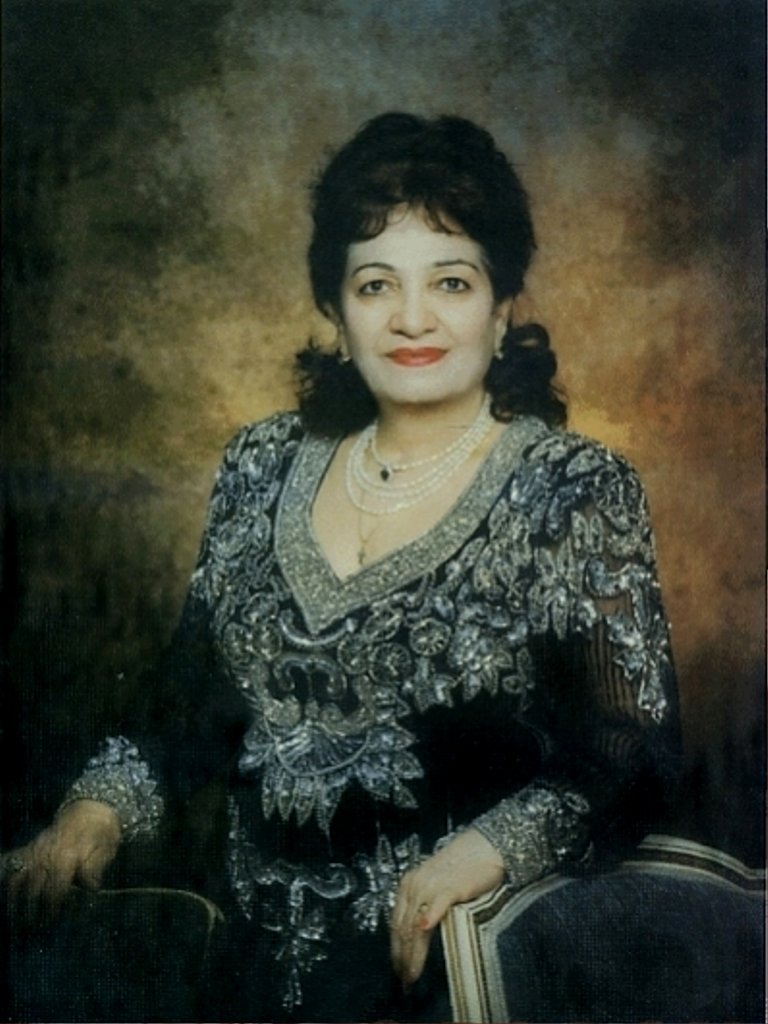 Ofelia is People’s Artist of the Republic of Armenia. She says, “I live in Cascade for decades.” According to her, when she came there, the peaceful and calm atmosphere captivated her, “orchards with fruit trees and even the air was different.” As Ofelia noted, at that time Cascade was one of the most beautiful and cozy places in Yerevan.
Ofelia is People’s Artist of the Republic of Armenia. She says, “I live in Cascade for decades.” According to her, when she came there, the peaceful and calm atmosphere captivated her, “orchards with fruit trees and even the air was different.” As Ofelia noted, at that time Cascade was one of the most beautiful and cozy places in Yerevan.
She said that Cascade nowadays is not what it was back then.New buildings, a number of cafes and restaurants appear. But in any case, she thinks that her Cascade has not completely lost its appearance. “Today I sometimes go out and sit on the bench and enjoy the Cascade.”
ASLAN MKHITARYAN
“During the Soviet era, Cascade did not have an official opening,” says architect Aslan.
According to the architect, the order for the Cascade design was made in 1972, and construction works began in 1974. The preliminary idea was to build a fountain in that area. At that time there was a fountain in the place. However, the residents of nearby buildings complained because of the loud noises it made.
“When the Cascade construction project started and the fountain was demolished, the residents were very happy and constantly asked if the new fountains would be less noisy.”
Aslan said that the purpose of the Cascade project was not only the improvement of the area but also the creation of a complex that would have many halls for exhibitions and city guests’ reception.
For example, at the first hall of the complex, there is the history of Armenia. In this hall, painter Grigor Khanjian illustrated the creation of the Armenian alphabet, Vardanank, and today’s Armenia. Khanjyan had been working on it for 14 years, free of charge, but didn’t manage to finish the work.
- Aslan Mkhitaryan project
At the second hall, there is a sculpture of Artashes Hovsepyan’s “Sasuntsi Davit” epic. After the earthquake, the construction of the complex stopped and the sculpture remained incomplete and in poor condition.
At the next hall, there should have been the large version of Martiros Saryan’s “Armenia” painting. Completing the halls of the complex with the image of Armenia was a symbolic solution.
The construction process changed
The construction of the Cascade was a state order and Moscow allocated the funds. The Republic could not cover these expenses alone. In 1980, the Olympic Games in Moscow took place. In order to save the finances, they decided to stop the constructions of large structures throughout the USSR.
This also referred to the Cascade construction. They no longer could implement the idea of building 3 amphitheaters at the top. Besides, the design of architect Aslan and his colleagues suggested the creation of metro escalators which would connect the city center with Kanaker-Zeytun. However, this did not happen.
Municipal authorities were closely following the construction of the Cascade. The mayor Murad Muradyan visited the place every week. The first secretary Karen Demirchyan visited every month. As the architect Aslan noted, thanks to his efforts, building the complex became possible.
For building the complex, they used “travertine” type of white stone. Only this type of stone was possible to bring for such a large amount of construction. “In addition, the white color looked very nice with the green space and the color of the sky,” says Aslan.
During the Soviet era, Cascade did not have an official opening. Only later, when the Cafesjian Foundation owned the complex, they organized an opening ceremony.
I think that the great philanthropist Cafesjian family really saved the Cascade by improving it and putting into exploitation.
CASCADE CAT
One of the unique symbols of the modern Cascade is the famous Cat.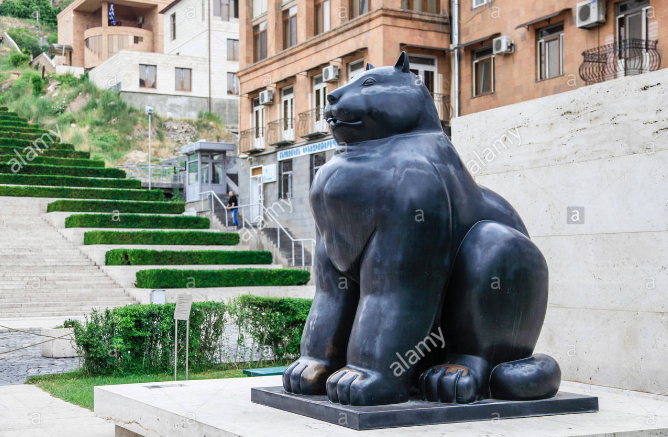
When they re-started Cascade’s renovation by Gerard Cafesjian’s initiative in 2002, the first “resident” of the Tamanyan Park became the black cat created by world famous Colombian painter and sculptor Fernando Botero.
Cascade Cat is one of the three most famous cats of Botero, created in 1999.
Till now the attitude of Yerevan residents towards the cat has been contradictory. Some of them like the cat and the others – not so much. But children’s attitudes are almost always the same.
THE PRESENT OF THE YEREVAN CASCADE
Without exaggeration, we can claim that Gerard Cafesjian was the one who saved Cascade and gave it a new life.
In 2009, the Cafesjian Center for the Arts was officially opened. It offers a wide variety of exhibitions and programs. Most of the exhibits are the personal collections of contemporary art of Cafesjian himself.
Today, there are 10 operating halls in the complex. The following improvement is the construction of two cinemas and a new museum. The designs are carried out in the USA. One of the cinemas will operate immediately in the center of arts and the other one in the new museum.
Regarding the “David of Sasun” sculpture by Artashes Hovsepyan, at the moment, in that hall, there are the works of glassmaker Libensky and Brychtova.
Cascade is famous for its open-air concerts and fireworks, unique monuments, small waterfalls and a magnificent view of Mount Ararat. The complex is one of the most loved places for children, elderly people and young couples.
Seeing the impressed faces of people visiting the Cascade, it becomes clear that the project has succeeded.


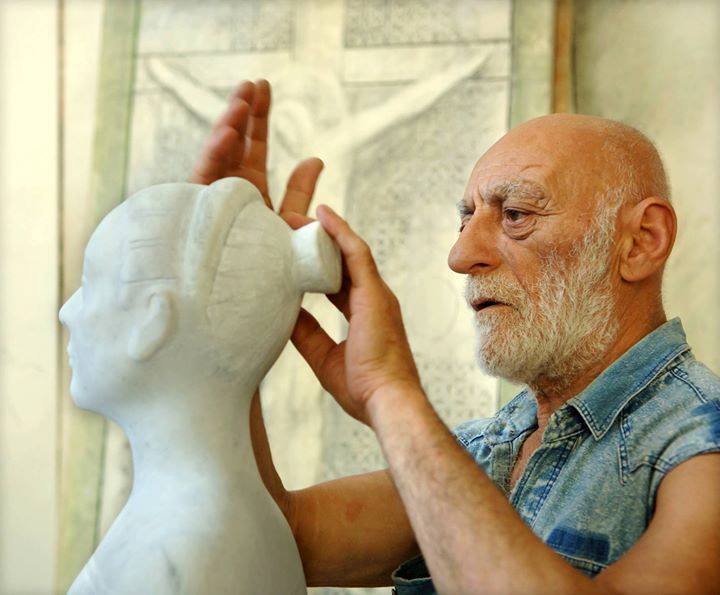
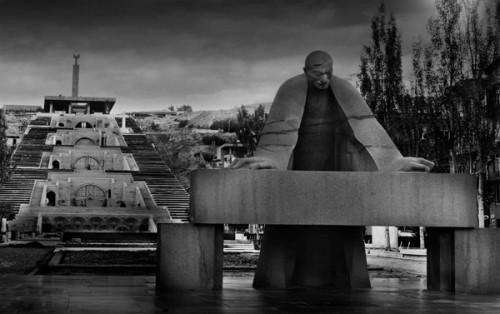

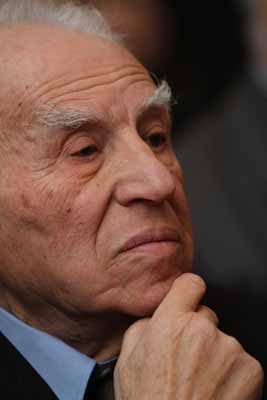


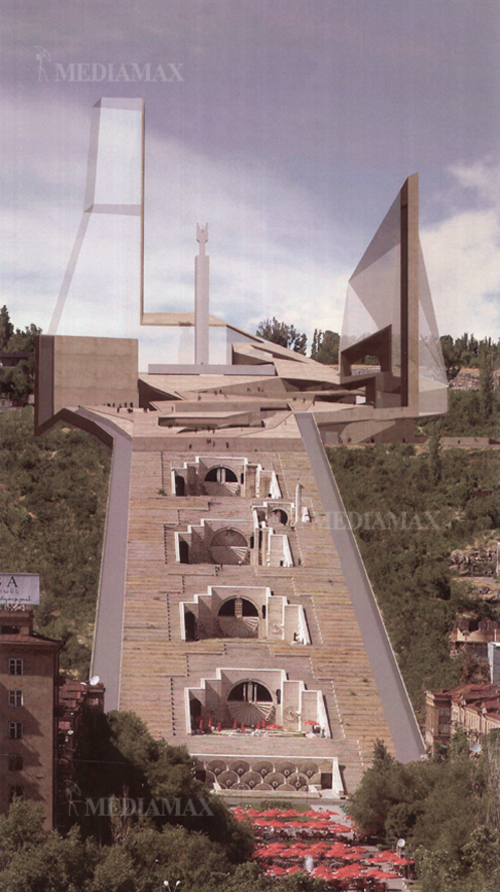
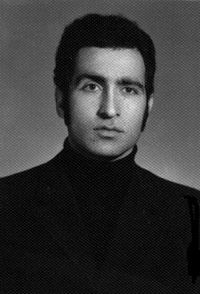


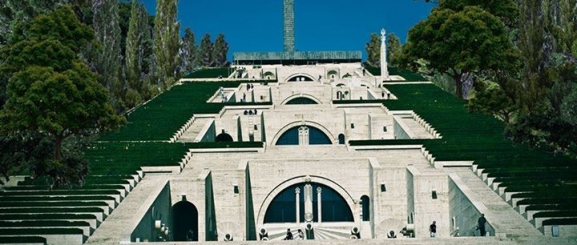



















Leave a Comment